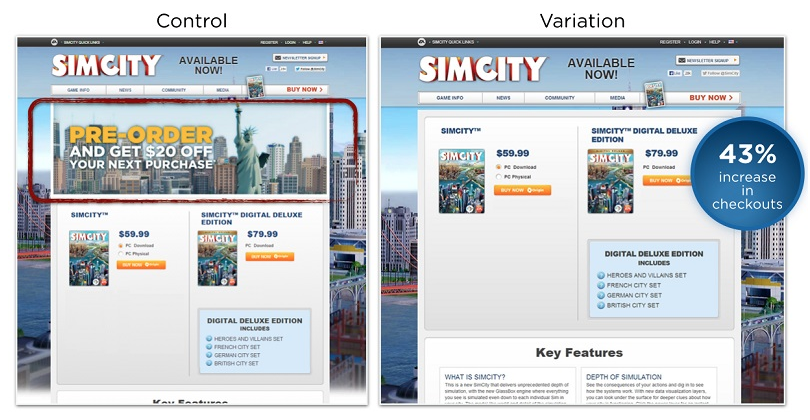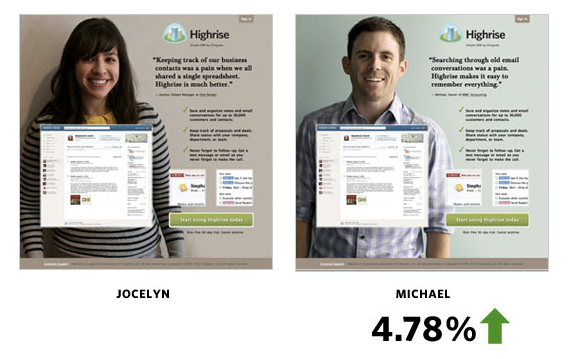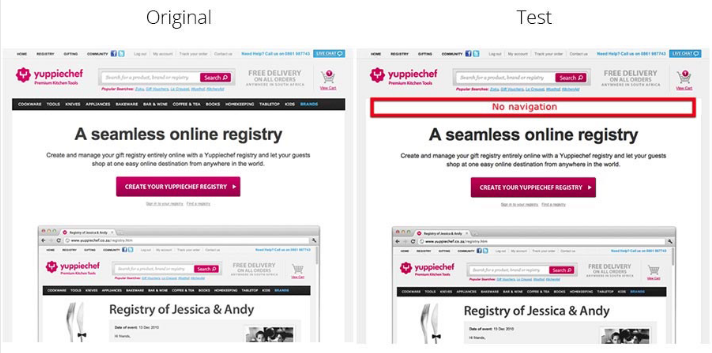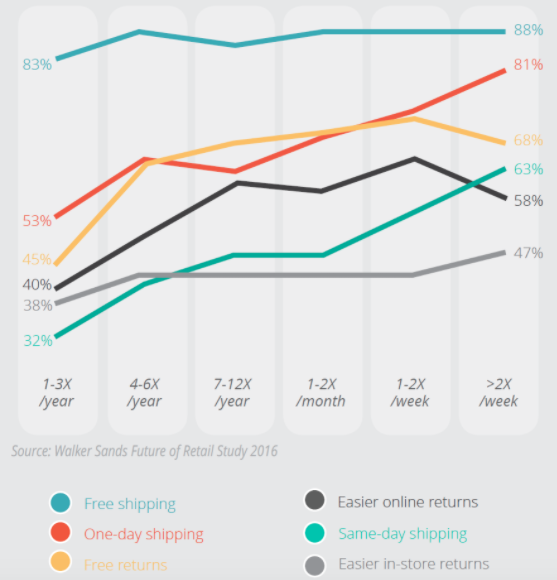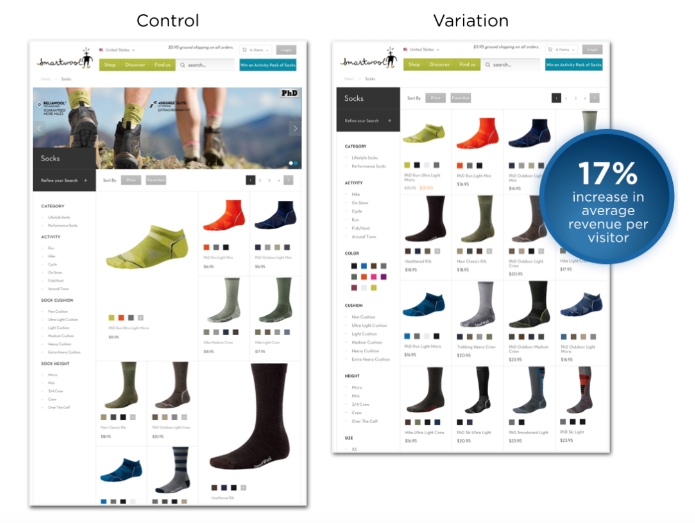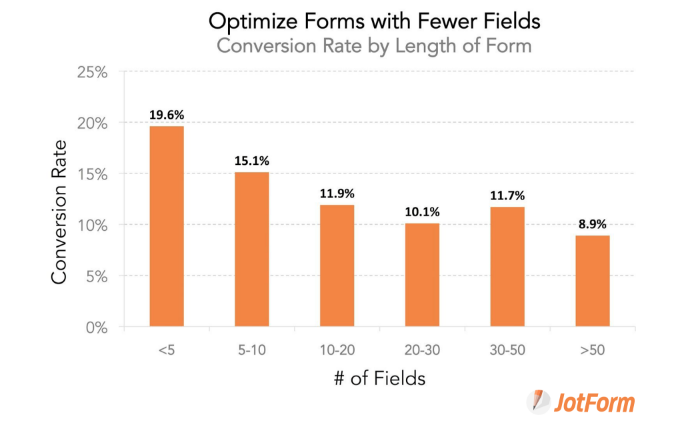
Your pension is one of the most tax-efficient ways to save money over the long term. But do you know how to make the most of these benefits? Here are some useful pointers
1 You get tax relief when you pay into your pension
“The big advantage of investing in a pension is that you benefit from tax relief on your contributions, at your marginal rate of income tax,” says Patrick Connolly, a chartered financial planner at Chase de Vere.
This is effectively a refund of the tax you have paid on your earnings. It means basic-rate taxpayers – who get 20% relief – pay £80 into their pension and end up with £100 to invest. Higher-rate taxpayers get relief at 40%, while additional-rate taxpayers get 45%, meaning they only pay £60 and £55 respectively to put away £100.
Basic-rate taxpayers get contributions topped up automatically, but higher- or additional-rate taxpayers should check whether their scheme is a ‘net pay arrangement’, which applies tax relief based on your highest rate of income tax on your behalf, or whether tax relief is ‘applied at source’. If it’s at source, only 20% relief will be applied automatically and you’ll need to claim the further 20% or 25% back via your tax return.
2 Salary sacrifice can boost your pension
Some employers let you pay pension contributions from your gross salary. This means you pay before tax has been deducted and won’t pay national insurance (NI) on your pension contributions. This NI saving enables you to boost your pension contributions without it affecting your take-home pay.
However, this does lower your formal salary, which can affect employee benefits such as life insurance (which is based on a multiple of your salary) and state benefits such as statutory maternity pay. It may also limit how much you can borrow for a mortgage, so it’s worth discussing the implications with your employer first.
3 There’s an annual limit on pension contributions
The government’s generosity on tax relief on pensions does have a limit. You can currently pay 100% of your earnings into a pension, subject to a maximum of £40,000 a year. If you exceed it, you’ll have to pay a charge.
Higher earners may also be stung by the taper allowance, which reduces your annual allowance by £1 for every £2 of income over £150,000. This reduction is limited to £30,000, meaning anyone earning over £210,000 will see their annual allowance capped at £10,000. If you exceed the annual allowance, the good news is that you can carry forward any unused allowance from the past three years.
4 Watch out for the lifetime allowance
As well as the annual allowance, there is also a limit on how big your pension can get over your lifetime. If the total value of your pensions exceeds £1.03 million, you’ll face an extra tax charge when you access your money, turn 75 or die.
“If the lifetime allowance is breached, the pension value in excess will be taxed at 25% if withdrawn as an income, or 55% if taken as a lump sum,” says Mr Connolly. This is on top of the income tax you’ll also pay.
5 You can pay into your partner’s pension
If you are close to hitting the annual or lifetime allowance, you can always pay into your partner’s pension to ramp up your combined retirement savings. Just bear in mind that they also can’t receive tax relief on pension contributions that exceed their annual income.
So if your partner earns £15,000 a year, you can’t put more than that into their pension. If they don’t work or pay tax, then they can still contribute up to £3,600 a year into a pension.
“To achieve this £3,600 figure, you only need to invest £2,880, as the payment will still benefit from 20% basic tax relief,” Mr Connolly explains.
6 You get 25% of your pension tax-free
Once you turn 55, you can access your pension and take 25% tax-free. How withdrawals are taxed depends on whether you have accessed your pension and decided to draw an income from it.
“If you want to take ad-hoc withdrawals from your pension, you will need to check whether you are in ‘flexi-access drawdown’ or ‘uncrystallised funds pensions lump sum’ (UFPLS),” says Helen Morrissey, pensions specialist at Royal London.
“If you are in flexi-access drawdown, you have the facility to take out the 25% tax-free cash in one go – with all subsequent withdrawals taxed. However, if you are in UFPLS any withdrawals will be 25% tax-free with the remaining 75% taxed.”
When it comes to UFPLS, you may also be stung by emergency tax. If this happens, you will need to contact HMRC to apply for a tax refund to ensure you get the money back as soon as possible.
7 You pay income tax on pension withdrawals
Aside from the 25% of your pension that can be withdrawn tax-free, the rest of your pot is subject to income tax at your marginal rate.
“Withdrawals above the 25% tax-free element will be added to your income for that particular tax year,” says Mr Connolly.
At the very least, you’ll be taxed at your current income tax rate, but you could also find that the extra income from your pension pushes you into a higher tax band.
8 Delay accessing your pension to reduce your income tax bill
Given that you pay income tax on your pension withdrawals, it may make sense to delay accessing your pension until your income falls to a lower tax threshold – perhaps after you retire from your job. It’s always wise to consider your current income tax rate, and whether it has the potential to fall before you make a withdrawal from your pension.
It’s possible for some retirees to structure their finances to keep their income below the personal allowance – £11,850 in the 2018/19 tax year – to ensure they don’t pay income tax. Also remember you can top up this income with money saved in Isas, as this money isn’t taxable.
9 Make the most of tax relief for as long as you can
As soon as you dip into your pension, you will be hit by the Money Purchase Annual Allowance. This restricts how much an individual can put into a pension and receive tax relief to just £4,000 a year. This is an important consideration if you are planning to boost your pension in the final years of your working life, perhaps topping it up with bonuses or any inheritance.
10 Use your pension for inheritance tax planning
“Pensions aren’t counted against someone’s estate when it comes to inheritance tax,” Ms Morrissey explains.
This means your pension can be used as an important weapon in your tax-planning arsenal.
“If the person dies under the age of 75, the recipients will receive any unspent pension tax-free.
If the person is over the age of 75, the recipients will be taxed at their marginal rate – so either 20% or 40% depending on how much they earn,” she adds.
Ruth Jackson is a freelance personal finance journalist who writes for The Times, MoneyWeek and LoveMoney
Section
Free Tag
Related stories
Source Moneywise https://ift.tt/2Pwx3KC









